Local history: What’s Battery B in Akron's Goodyear Heights? Readers ask us questions
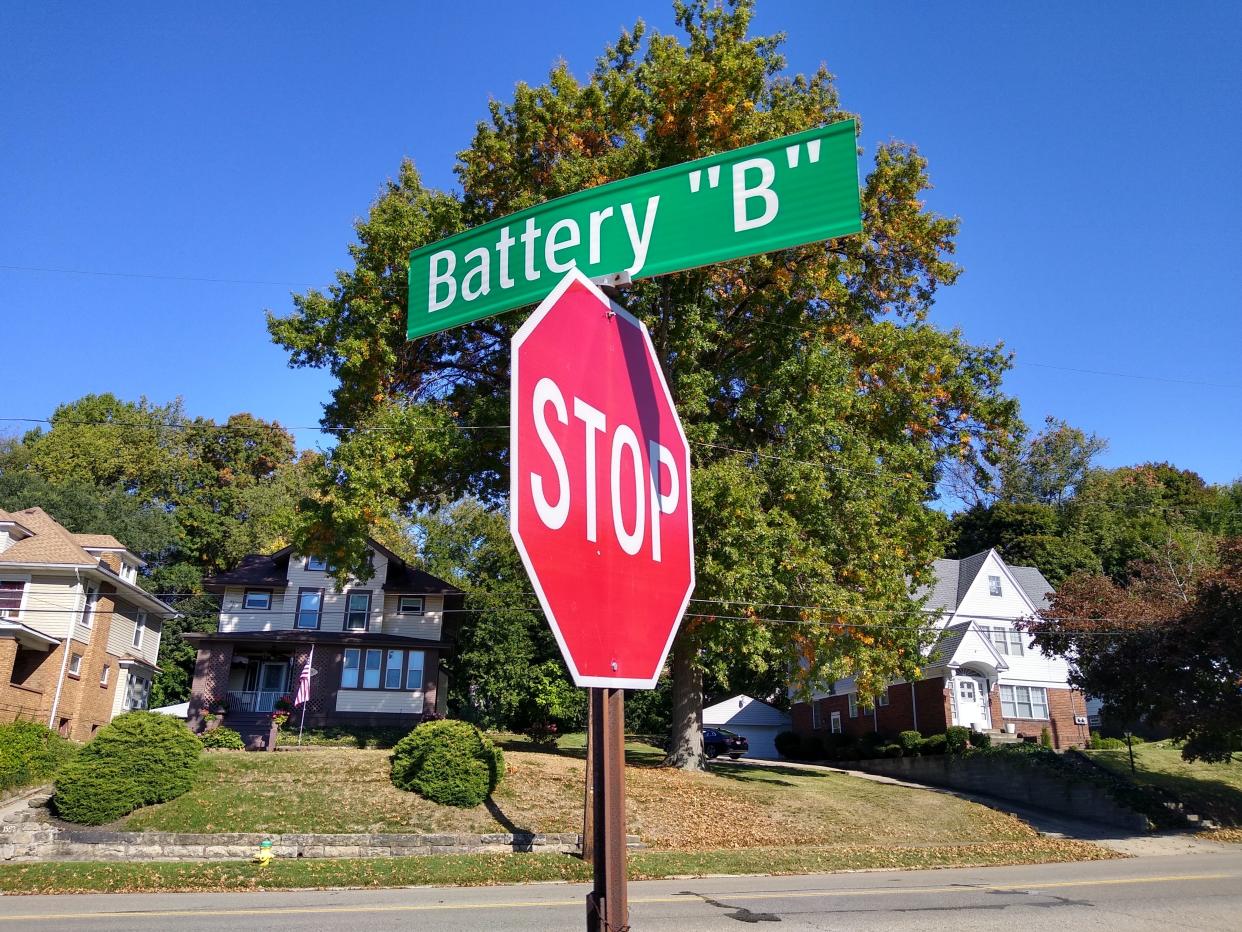
When I was a kid, I liked to read Action Line in the Beacon Journal.
Readers flooded the newspaper with questions for the daily column: “Where can I buy a Bible in Braille?” “How much water can a camel drink?” “Where can I write to Brooke Shields?” “Who repairs old footballs?”
The feature ran from 1966 to 1985. During its peak in the 1970s, seven full-time staffers and two part-timers fielded up to 1,000 questions a week. Obviously, that was before the internet.
I never thought I’d write such a column, but readers have been asking a lot of questions lately. So for one day only, and with a vast staff of just one guy, we welcome you back to Action Line.
What is Battery B?
If you’ve ever lived in Goodyear Heights — or if you’ve ever traveled through it — a question may arise.
What is Battery B?
That is the unusual name of a residential street off Goodyear Boulevard in the Akron neighborhood. A century ago, most folks understood the meaning.But today? Not so much.
Goodyear Heights resident Blaine Muehlbauer contacted us after reading our article about street names that pay tribute to President Theodore Roosevelt and his family. Thinking about other local thoroughfares, he was “especially intrigued by how Battery B Street acquired its name.”
He wondered if it had something to do with the military.
“During the time I served in the Army, artillery units had batteries whereas most other units had companies,” Muehlbauer wrote. “I have wondered if the name is associated with a particular war in which locals may have served.”
Well, Blaine, it began with Mexican revolutionary general Pancho Villa.
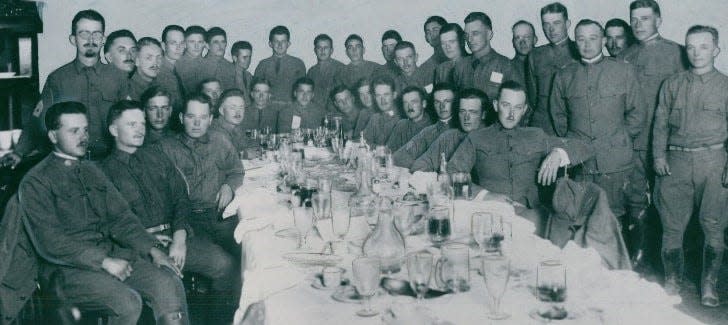
As the Great War flared across Europe in 1915, Akron men formed a unit of the Ohio Field Artillery. The United States wouldn’t be drawn into the conflict for another two years, but the men wanted to be prepared.
Akron’s Battery B artillery unit — the so-called “Millionaire Battery” of the National Guard — drew recruits from many prominent families, including Albrecht, Seiberling, Saalfield, Beck, Ebright, Wise, Wright, Cole, Kryder, Hitchcock and Upson.
For the record: Cleveland had Battery A and Columbus had Battery C.
In 1916, the U.S. government sent the Akron unit to Texas to guard against Pancho Villa’s troops during the Mexican Border War. Afterward, Battery B joined the 134th Field Artillery and served overseas in World War I with the 37th Infantry Division of the U.S. Army.
Akron celebrated the unit’s return in April 1919 with a big parade on Main Street. Over the years, nearly 400 men served in Battery B.
The unit held annual reunions in Akron until the 60th anniversary in 1975. Only 26 veterans attended that final gathering.
“The thundering hooves of Valhalla have caught a lot of us,” Battery B member W.H. “Bill” Summers explained.
By the mid-1980s, only a half-dozen veterans were still alive. Now they’re all gone.
Today, Battery B is just a street with a strange name in Goodyear Heights.
Beer and hot dogs
Do you remember Lum’s Restaurant? It was famous for serving frosted mugs of draught beer and succulent hot dogs steamed in beer.
At one time, the Florida chain boasted more than 400 locations, but it went out of business in the early 1980s.
“Was there ever a Lum’s Restaurant at Chapel Hill?” Pat Sandy wondered.
Not too far from the mall. And not for very long.
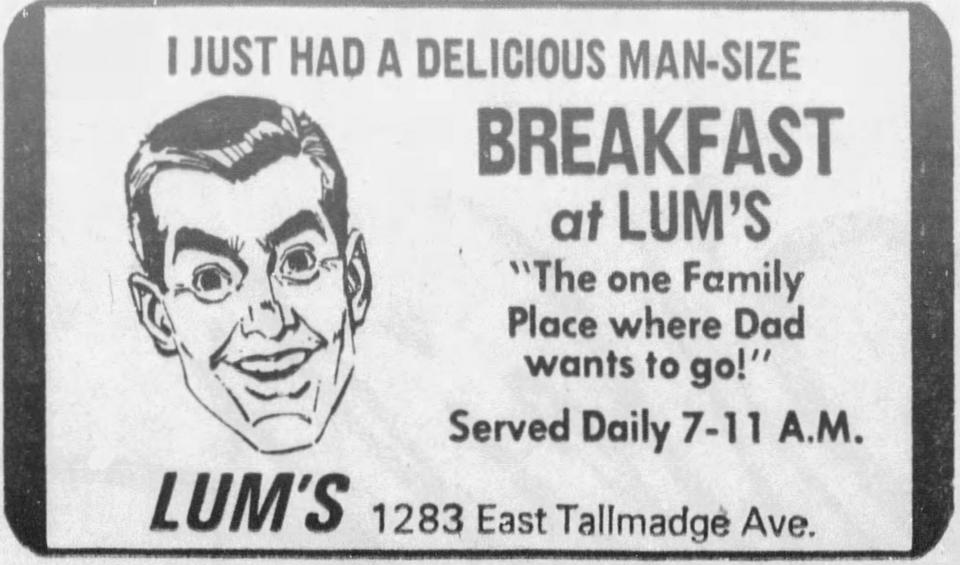
According to our files, Lum’s opened in 1970 at 1283 E. Tallmadge Ave. near Brittain Road, but closed by 1972. Sandy wondered what replaced it, recalling “there was a rib place of some kind” at that location in the 1970s.
Yes, indeed. Elmer’s Rib. After Lum’s, the address served as the home of Anthony's Spaghetti Bowl, Elmer's Rib, Godfather's Pizza, Mark Pi's China Gate, Thai Orchid, Bangkok Gourmet and Kazoku.
That stretch of road was nicknamed “Gourmet Alley” because it had so many restaurants.
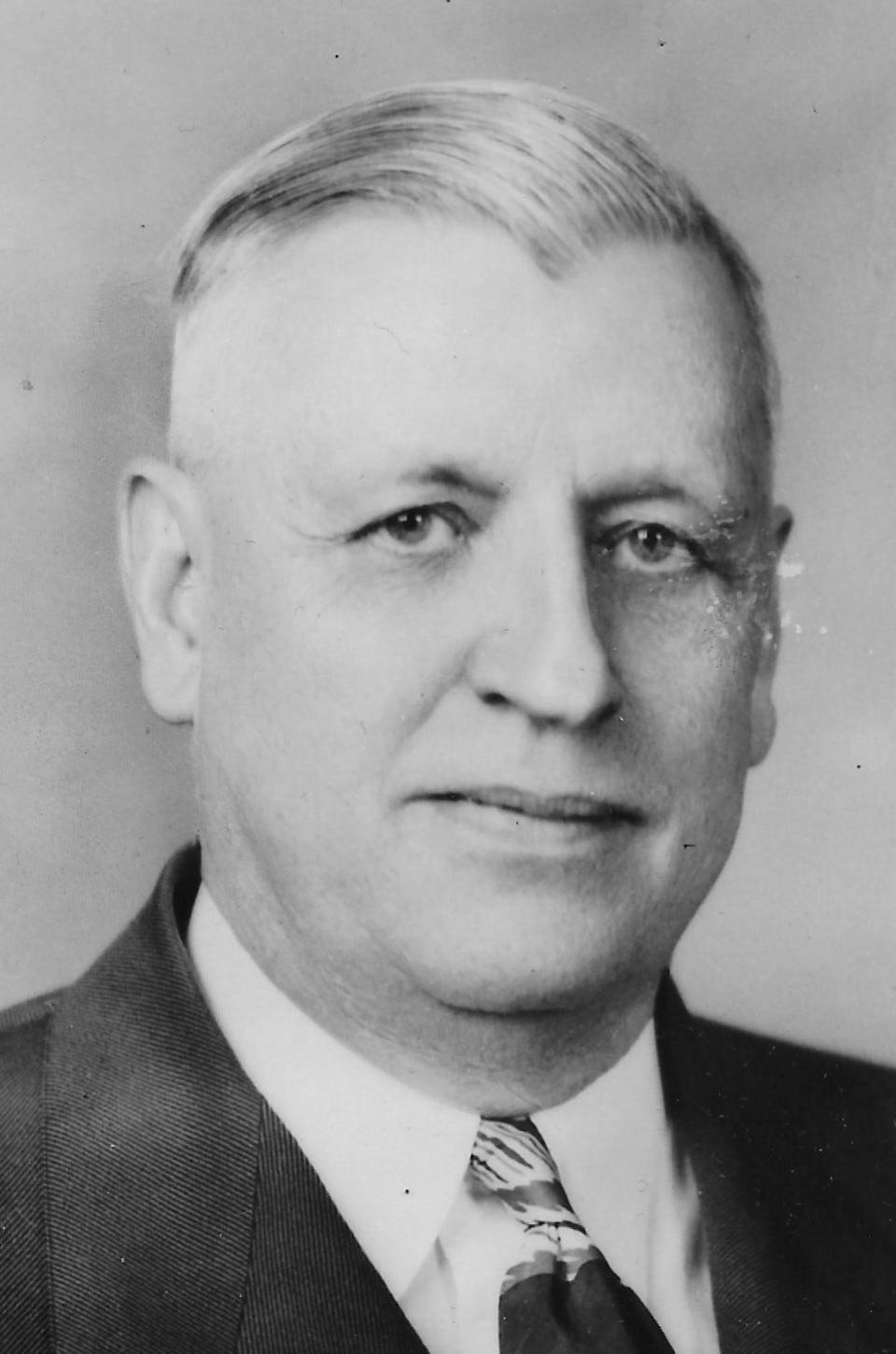
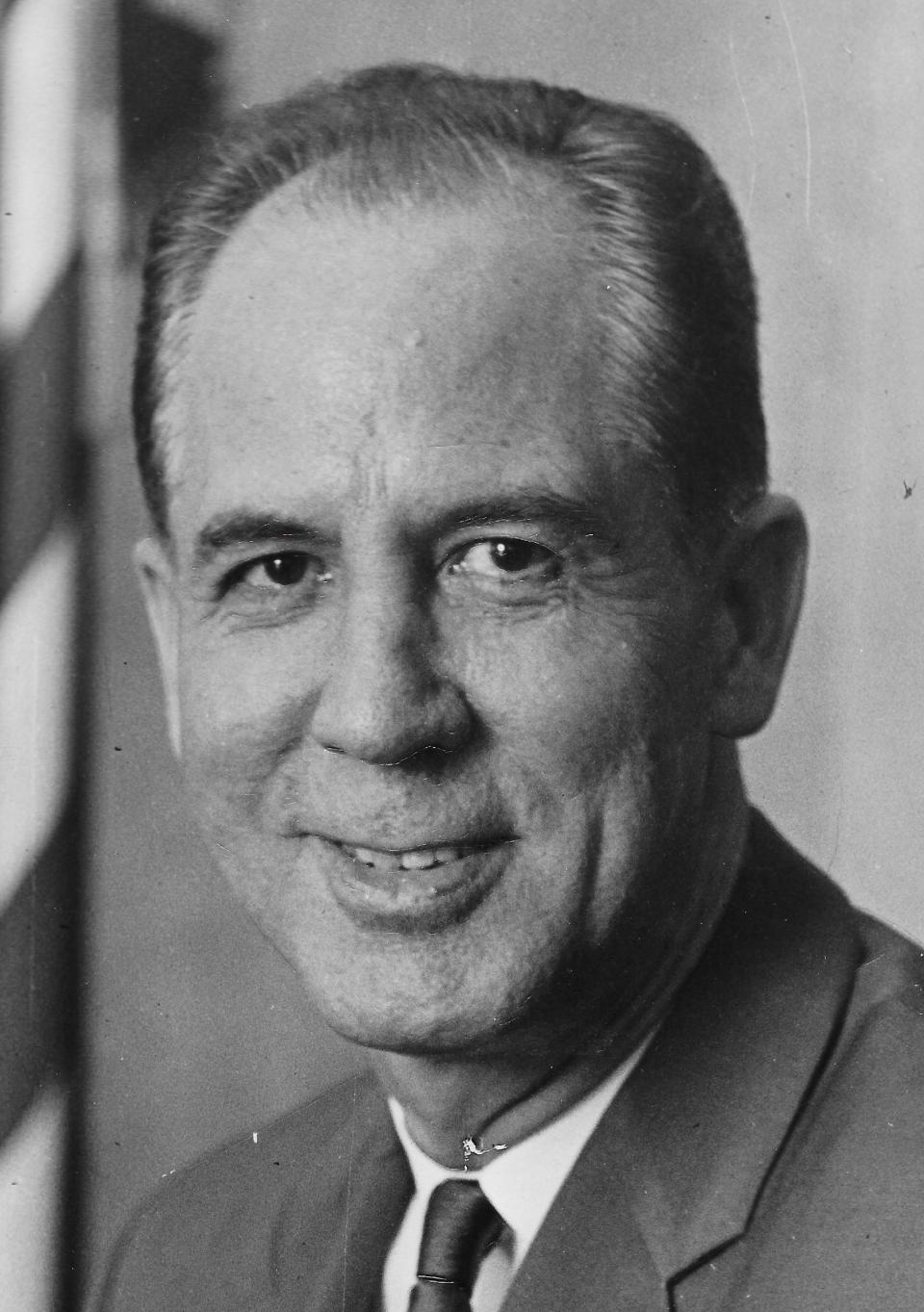
Back to school in 1950s
Former teacher Helen Sutton Ost, 84, who began her career in 1960, asked us to fill in a blank.
“I’ve been trying to remember who was superintendent of Akron Public Schools in the 1950s,” she wrote. “My searches aren’t helping. Do you know?”
Two leaders divided the decade neatly in half. Otis C. Hatton served as superintendent from 1942 to 1955. His successor, Martin Essex, served from 1955 to 1966.
The district honored both men by naming schools after them.
Cricket, anyone?
When Jerry Smith, 84, recalls his East Akron childhood in the 1940s, his mind drifts back to Cricket Field.
That was his playground while growing up on the dead end of Bertha Avenue between Fifth Avenue and Crosier Street. Akron softball leagues played games there.
The field, a section of Sumner Park, was on the grounds of Sumner Home for the Aged. It’s now the site of Dowed Field, the sports complex for Archbishop Hoban High School.
“My question is: How did the softball leagues schedule their games there?” Smith asked. “There were no signs on Inman Street designating the entrance to the field.”
Geez, I couldn’t find the answer. Maybe another reader will know.

But I did learn the origin of Cricket Field’s name. In the late 19th century, the English game of cricket enjoyed a surge in popularity in Ohio. The Akron Cricket Club formed in 1886 and operated for 30 years before hanging up its wickets. The field retained its cricket name long after it switched to football, baseball, softball, boxing, horseshoes, marbles, checkers and other pastimes.
Monsignor Richard A. Dowed, founder of the Church of the Annunciation in East Akron, secured the 1949 purchase of the 50-acre Sumner site for the Catholic Diocese of Cleveland to construct Archbishop Hoban High School, which opened in 1954.
Smith was in Hoban’s first graduating class in 1957.
Red, white and kaboom
Tallmadge resident Tom Kozma didn’t really have a question. He just wanted to clear up a memory from his childhood in Akron.
“I grew up on the west side and vividly remember attending fireworks at Stan Hywet in roughly the mid to late ’60s,” he wrote. “However, no one I talk to has any recollection of this at all, including volunteers I have spoken to at Stan Hywet.”
I had no memory of this, but I did a quick check of our files. It looks like fireworks displays were held annually at the former Seiberling estate from 1961 to 1969.

The idea is completely bonkers to me. One stray rocket could have burned down the Manor House!
The fireworks were popular, causing traffic jams each July along North Portage Path. But not everyone was a fan.
As one neighbor wrote to Action Line in 1967: “Every time they have fireworks at Stan Hywet Hall, I blow up too. The next guy who parks on my front lawn is getting a blast all right — from my shotgun. Can’t something be done?”
Yikes. It’s probably not related, but the displays ended two years later.
Too loud in the men’s room
And finally there’s this one.
“Would it be your guess that the electric blow-dry hand dryers in many public men’s rooms would exceed the acceptable legal decibel level?” Larry Miller asked.
What the heck? Larry, do I look like Bill Nye the Science Guy?
You’re better off asking a Canadian teenager. Nora Louise Keegan was only 13 in 2019 when Paediatrics & Child Health published her study examining the loudness of automated hand dryers in public places.

Nora found that the sound levels of many models exceeded 85 decibels, which posed a risk to hearing over time.
Honestly, I think those automatic dryers are worthless. After I use them, I wipe my hands on my pants.
On the other hand, there are worse things to hear in a men’s room.
Mark J. Price can be reached at mprice@thebeaconjournal.com
Mark J. Price: Things I’m old enough to remember about Akron
Mark J. Price: 10 restaurants I miss from childhood
This article originally appeared on Akron Beacon Journal: What’s Battery B in Akron? Readers ask us questions

